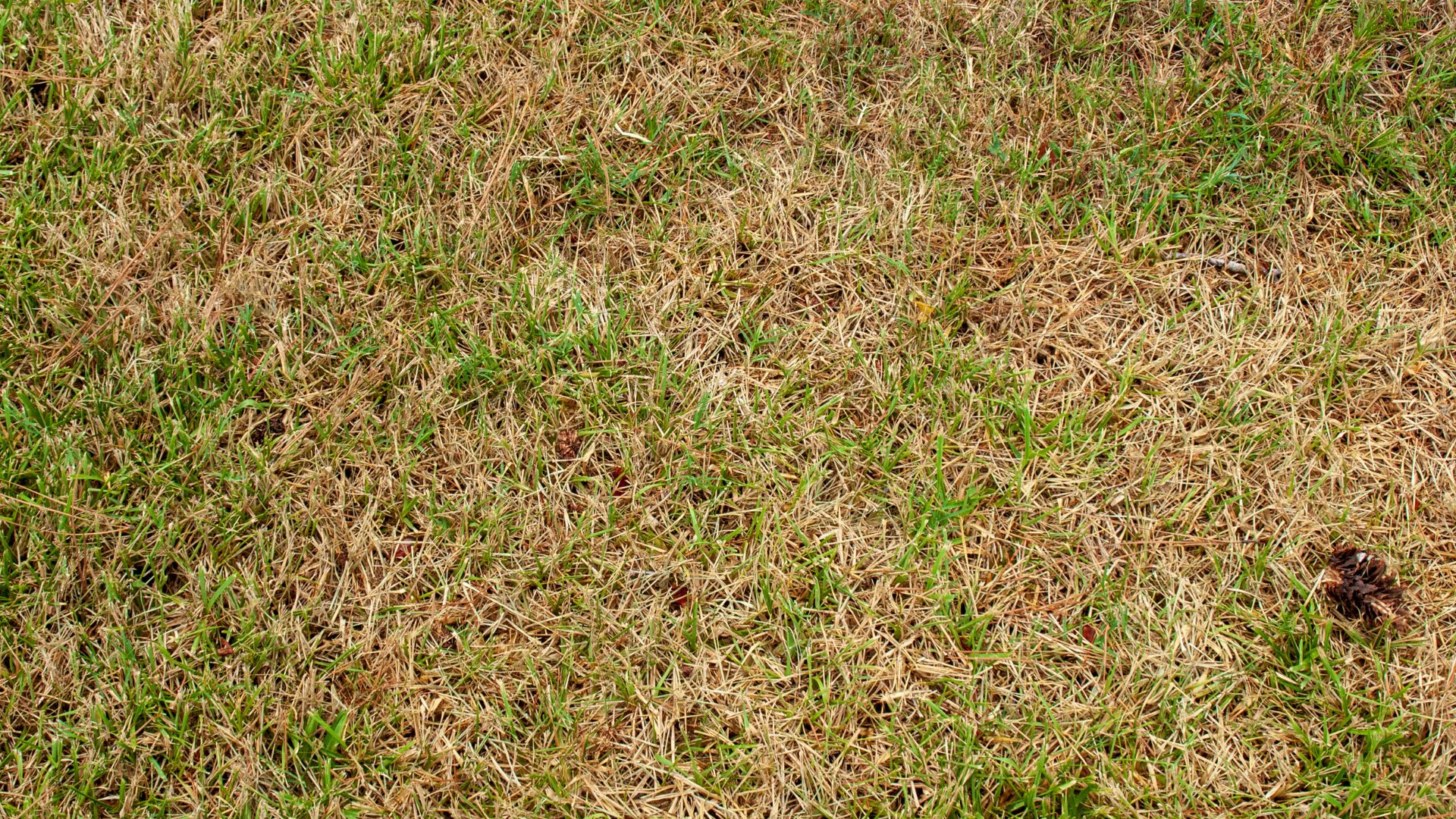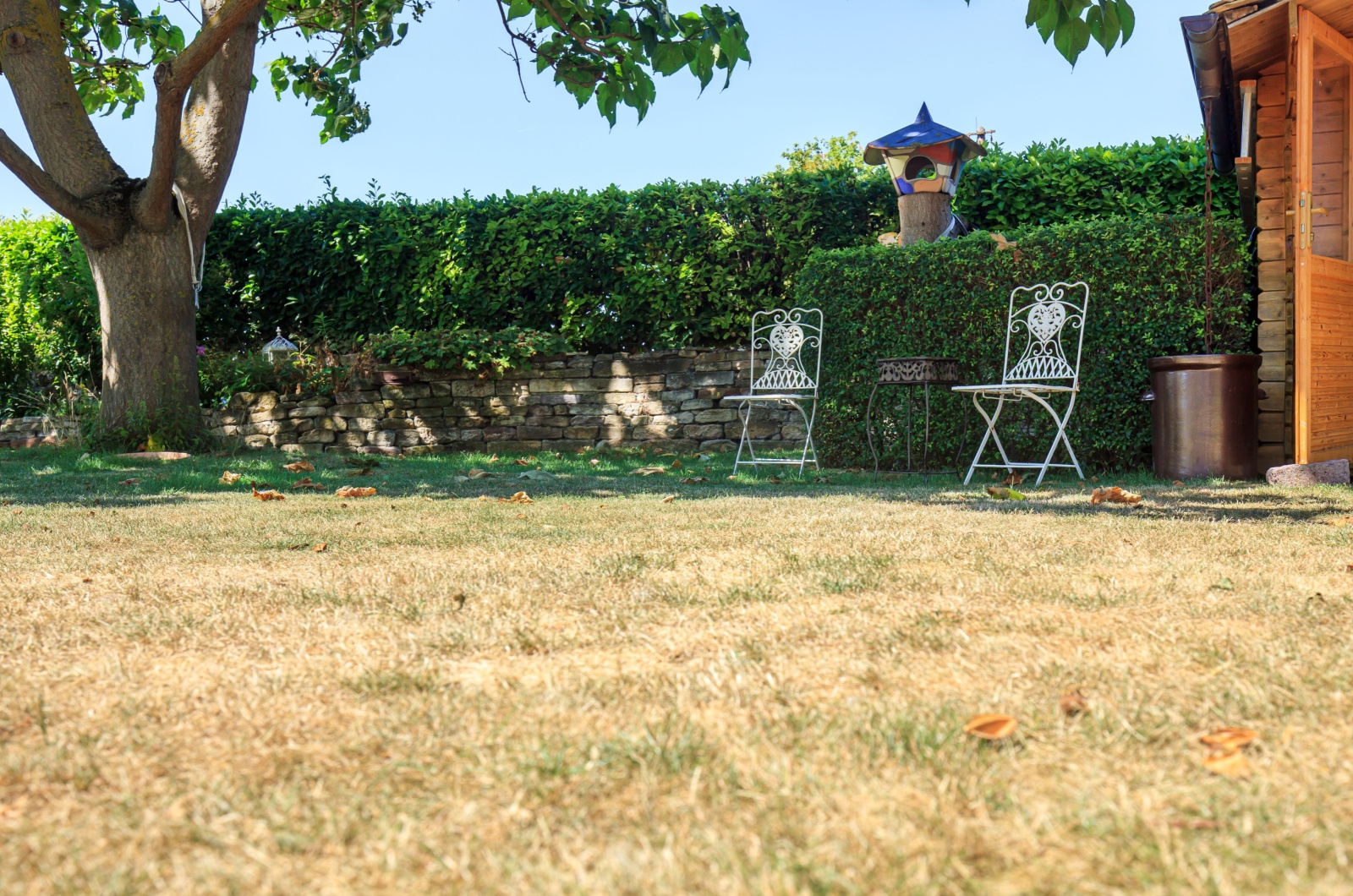Let’s face it, a struggling lawn does not go well with pool parties and BBQs in the summer. Even if you take good care of your grass and water it constantly, sometimes nothing seems to bring your lush lawn back to life.
Wondering why this happens?
Turns out, not all grasses love the heat. If you live in a warm climate with scorching summers, I hate to break it to you, but your Kentucky bluegrass won’t be as vibrant as it would be in a cooler environment.
This is because Kentucky bluegrass is a type of cool-season grass, along with popular fescues and ryegrasses. These grasses thrive in the cooler months but go dormant and brown when summer hits.
Don’t worry, your grass is not dead, it’s just on a little summer break and will perk back up when temperatures cool down!
However, instead of dealing with a brown lawn during warmer months, why not simply choose the right grass for your climate?
Stick around to discover which grass types to avoid planting this summer; and if you DO grow it, here’s a few tricks that might help to keep it looking its best!
Cool-Season Grasses Can Be Tough Cookies To Grow In Heat
Okay, so we can agree on one thing: cool-season grasses can be a little bit difficult during the summer months. Yet, many folks still grow them, even during the hottest temperatures.
How do they do it?
They probably follow the right lawn care guide and do everything right, from planting to growing and maintaining.
So, if you’re planning to plant new grass, timing and type are everything – September or early October is prime time for planting because the air is cooler and the soil is still warm and cozy for those grass seeds.
And those small critters and birds are less likely to snack on your precious grass seeds since there are plenty of other food sources around in this period!
Before you start, make sure your yard has top-notch topsoil. Cool-season grasses prefer a pH between 6.0 and 7.2. I would recommend you add some soil amendments to boost fertility or adjust the pH.
Once your soil is prepped, spread a starter fertilizer and sow those seeds. Adding a light mulch of straw goes a long way as it will keep those seeds cozy and moist.
Don’t let the soil dry out, and give your new lawn some peace and quiet – that means no walking or mowing for at least a month (the patience pays off, trust me).
Come spring, your lawn will be the best in the neighborhood. Now, all you have to do is keep it well-maintained during the summer.
This might be helpful: Crack The Code To Your Grass Type And Make Your Lawn The Talk Of The Town
But Following The Right Lawn Care Might Help A LOT
To prevent your cool-season lawn from looking patchy and brown during the summer, there are a few tricks you can use.
First, make sure your lawn gets about an inch of water per week – either through irrigation or rainfall (keeping them hydrated during dry spells is crucial).
Then, try to raise the blade height on your lawnmower to around 3 to 4 inches when mowing. Taller grass will encourage deeper root growth, which helps your lawn find water and outcompete those pesky weeds.
Another trick I’ve tried is growing a mixed lawn. This means planting a mix of different grasses or low-growing plants. Some will thrive in the summer heat, while others do better in cooler months.
The end results? A thick and green lawn all season long!
You can also use fast-growing plants like clover that can quickly fill in those patchy spots (some still might appear, though). Plus, they’ll improve your soil health and plant diversity.
With these tips, your cool-season lawn will be back in action in no time. I’m all for mixed lawns because you get the most out of every grass type, but you can always go for a one-of-a-kind type of lawn too!
Also read: These Tips And Tricks Will Make Your Lawn One Of The Most Beautiful In The Neighborhood



